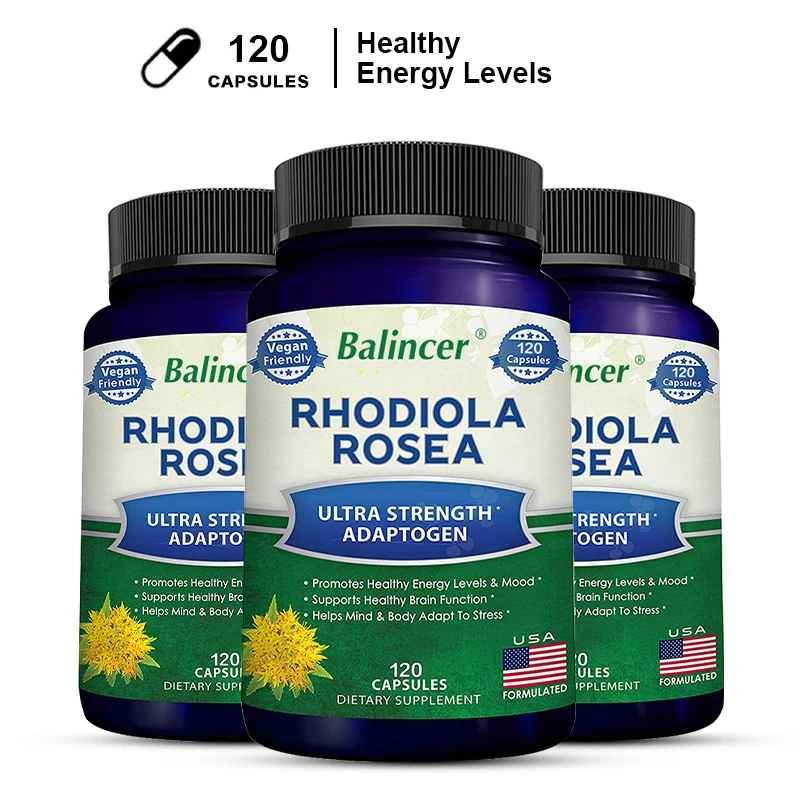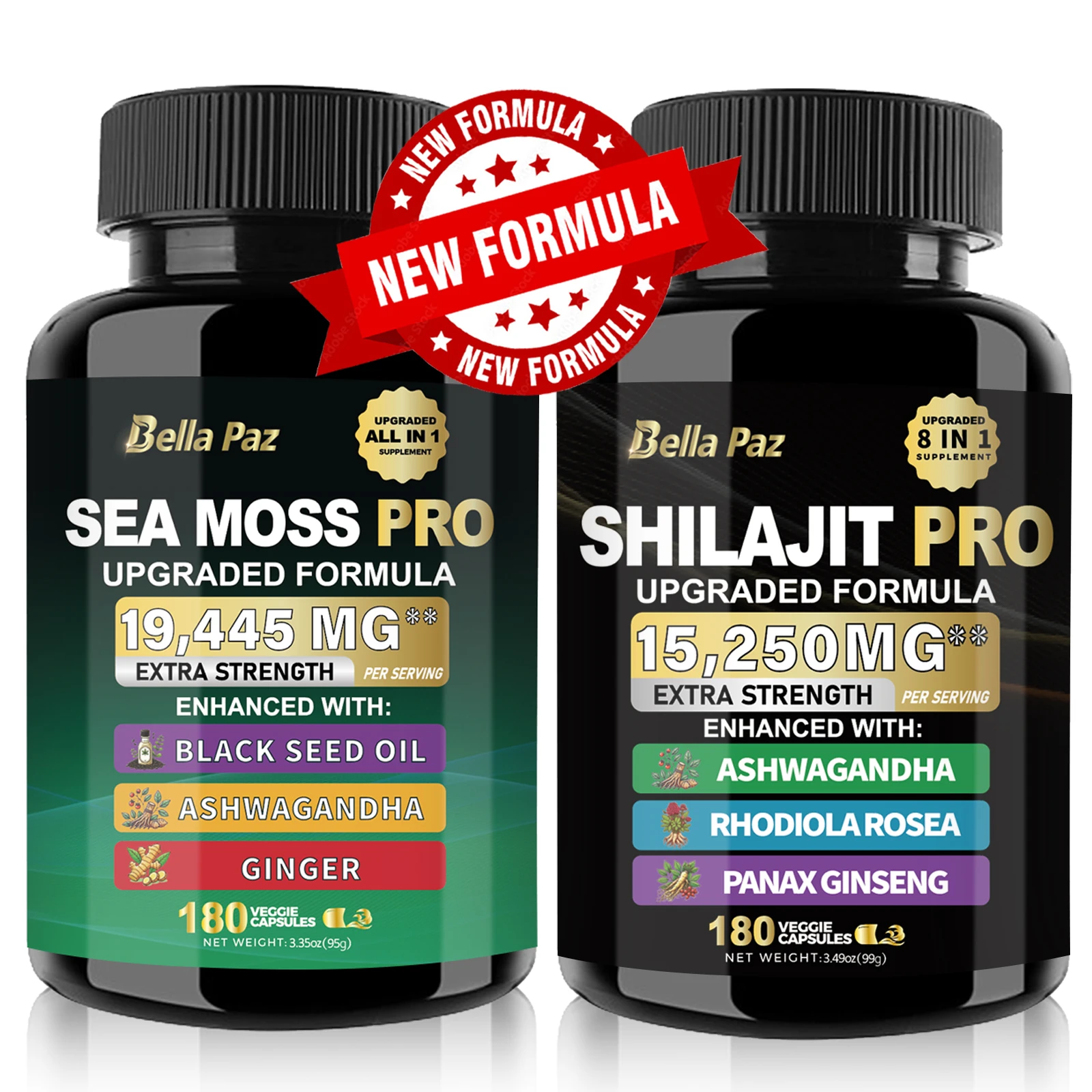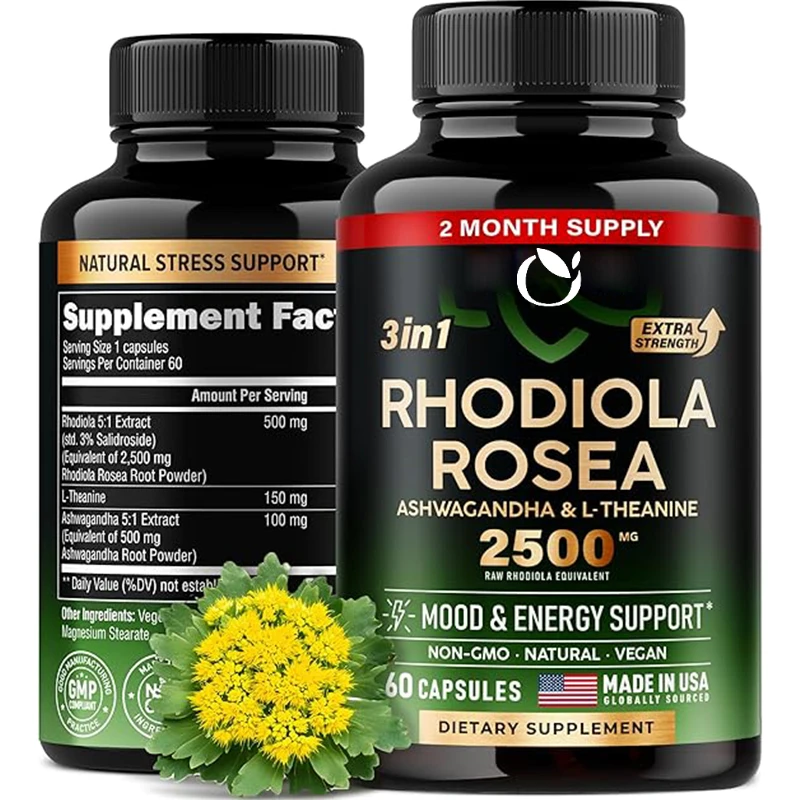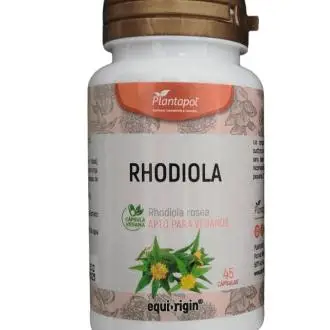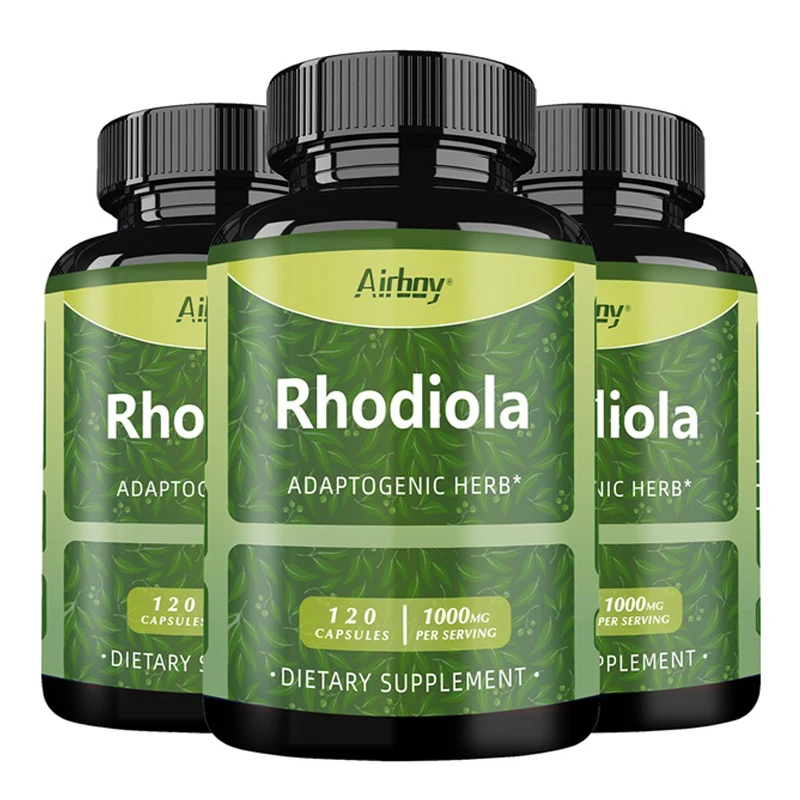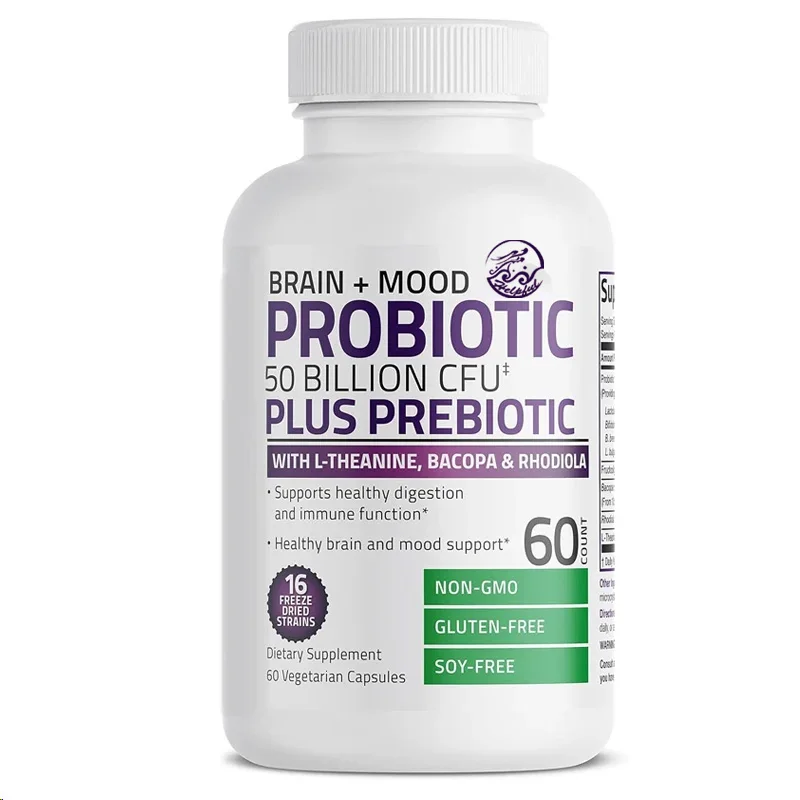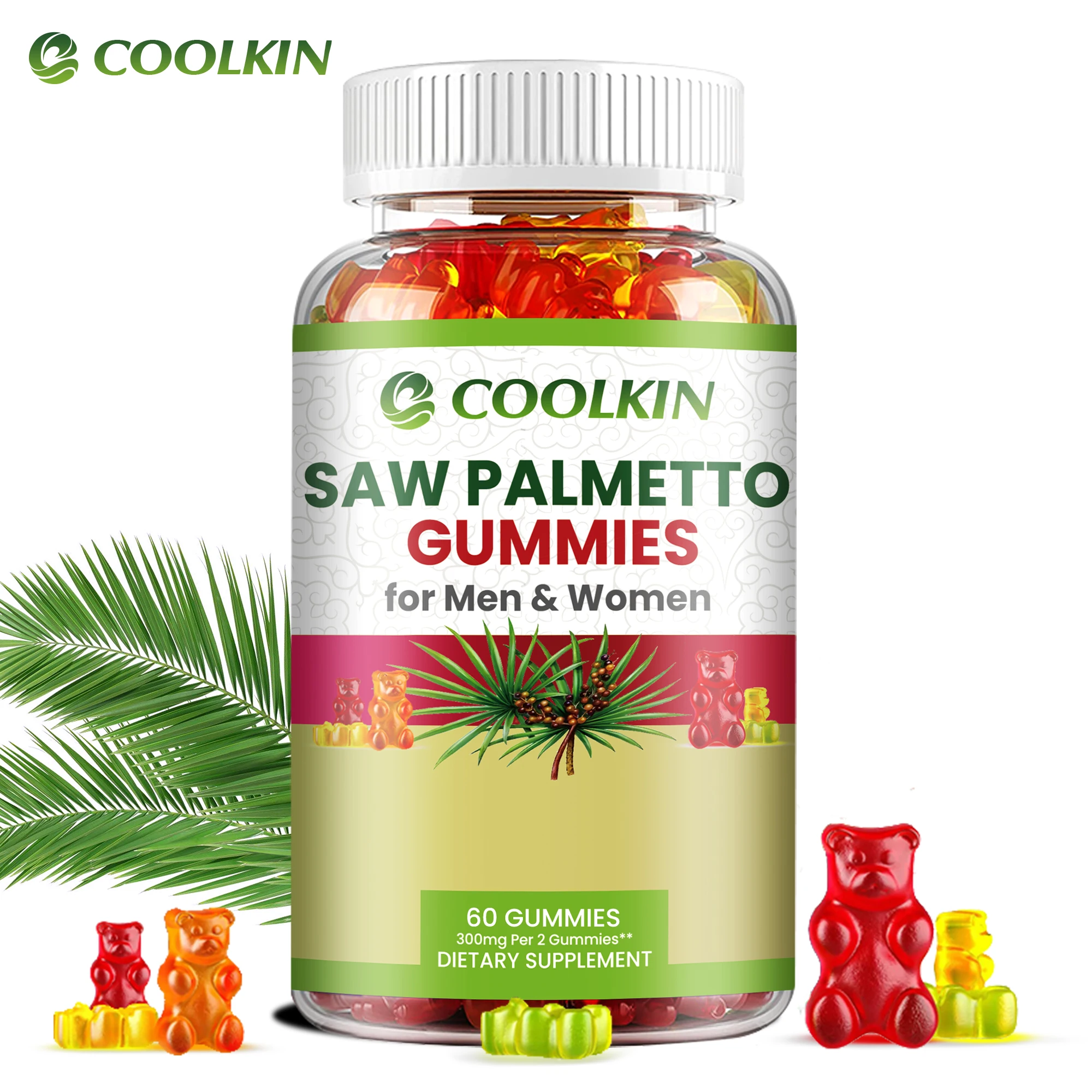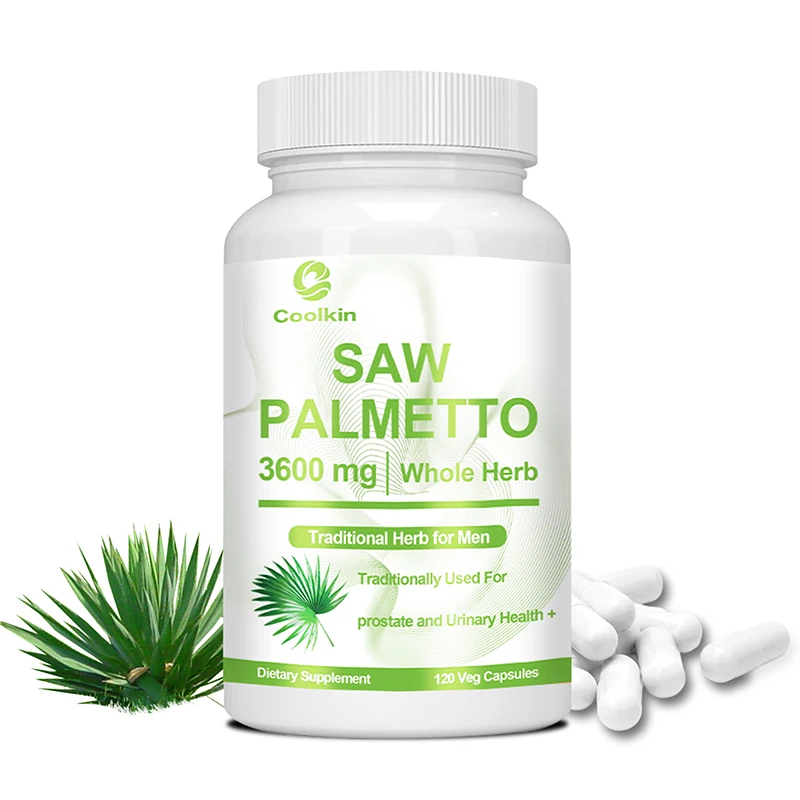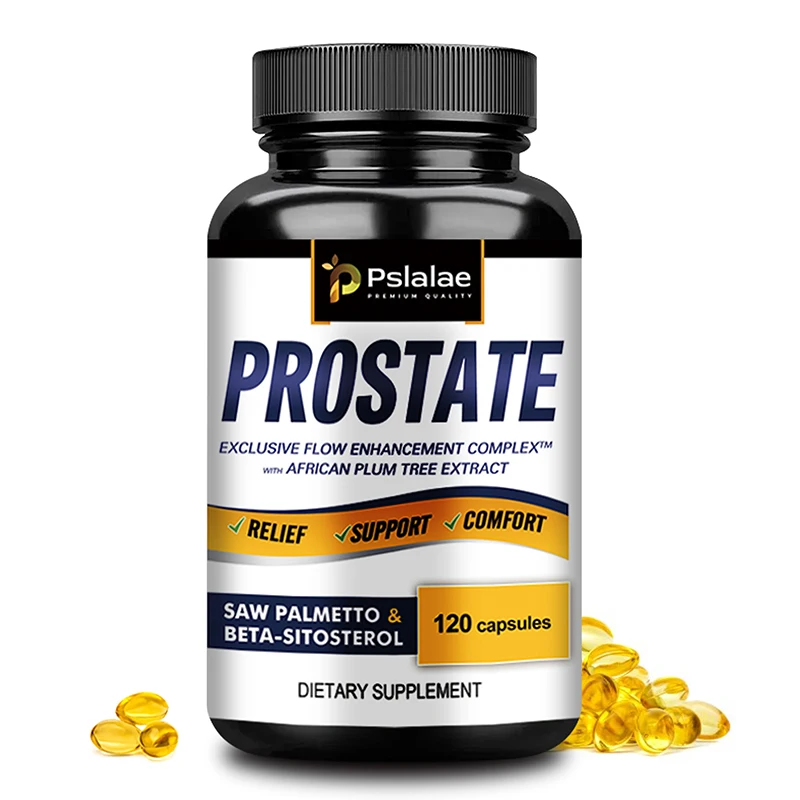For many women, menstrual cycles can bring a host of uncomfortable symptoms, ranging from cramps and bloating to mood swings and fatigue. While over-the-counter medications provide relief for some, others are turning to natural remedies like herbs to manage these issues. Herbs have been used for centuries in traditional medicine to ease menstrual discomfort, and modern science is beginning to uncover their potential benefits.
Common Menstrual Problems
Before delving into the specific herbs, it’s essential to understand the common menstrual problems that herbs can help address:
- Dysmenorrhea (painful periods): Intense cramps caused by uterine contractions.
- Premenstrual Syndrome (PMS): A combination of emotional, physical, and behavioral symptoms.
- Irregular Periods: Menstrual cycles that are shorter or longer than average.
- Heavy Menstrual Bleeding: Excessive blood loss during menstruation.
- Amenorrhea: The absence of menstruation.
Top Herbs for Menstrual Health
- Ginger
Ginger is a powerful anti-inflammatory herb that can significantly reduce menstrual pain. A cup of ginger tea during your period can help alleviate cramps and promote overall relaxation. Studies suggest that ginger may work as effectively as ibuprofen for period pain relief.Find premium ginger teas here - Chamomile
Known for its calming properties, chamomile is a go-to herb for reducing menstrual cramps and improving mood. It also aids in reducing anxiety and improving sleep quality during PMS.Browse organic chamomile supplements - Chasteberry (Vitex)
Chasteberry is renowned for balancing hormones and alleviating PMS symptoms such as irritability, breast tenderness, and headaches. It works by regulating the production of prolactin, a hormone linked to PMS discomfort.Check out Vitex capsules - Dong Quai
Often referred to as “female ginseng,” Dong Quai helps improve blood flow and relaxes uterine muscles, making it effective for cramps and irregular periods.Shop for high-quality Dong Quai products - Turmeric
Turmeric’s active compound, curcumin, has potent anti-inflammatory properties that can ease menstrual cramps and reduce bloating. Adding turmeric to your diet or taking it as a supplement can offer relief.Discover top-rated turmeric capsules - Red Raspberry Leaf
This herb strengthens the uterine lining and reduces menstrual flow, making it an excellent choice for heavy periods. It’s also packed with vitamins and minerals that support overall reproductive health.Explore organic raspberry leaf teas - Evening Primrose Oil
While technically not an herb, evening primrose oil is a plant-based remedy rich in gamma-linolenic acid (GLA), which helps reduce PMS symptoms such as breast tenderness and mood swings.Find trusted evening primrose oil brands
How to Use Herbs Safely
While herbs can be highly beneficial, they must be used responsibly:
- Consult a Healthcare Provider: Always discuss with your doctor before starting any herbal remedies, especially if you’re on medication or have existing health conditions.
- Follow Dosage Guidelines: Overconsumption of certain herbs can lead to side effects.
- Use Quality Products: Opt for organic, non-GMO, and third-party tested herbal supplements.
Lifestyle Tips to Enhance Results
Combining herbs with healthy lifestyle practices can amplify their benefits:
- Stay Hydrated: Drink plenty of water to reduce bloating.
- Exercise Regularly: Light exercises like yoga or walking can improve circulation and ease cramps.
- Eat a Balanced Diet: Include fruits, vegetables, and whole grains to support hormonal balance.
- Practice Stress Management: Techniques like meditation or deep breathing can reduce PMS-related anxiety.
Final Thoughts
Herbs offer a promising, natural way to manage menstrual problems. From easing cramps to balancing hormones, they provide an alternative to conventional treatments with fewer side effects. However, it’s crucial to approach herbal remedies with care and seek professional advice when needed.
If you’re ready to explore the world of herbal remedies, check out these top herbal products for menstrual health and take the first step towards a more comfortable menstrual cycle.











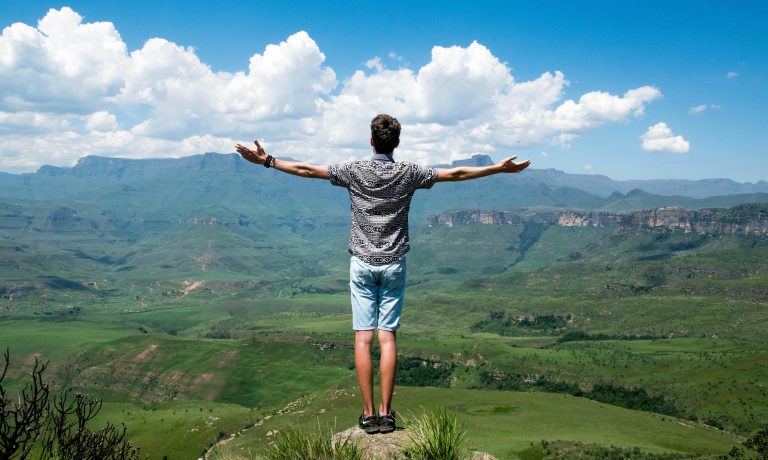

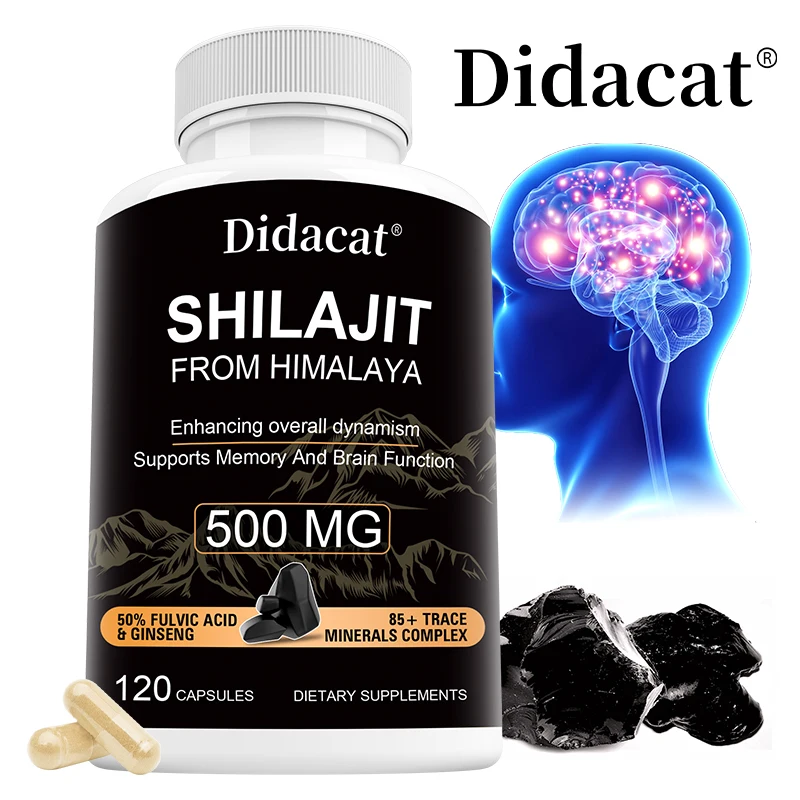

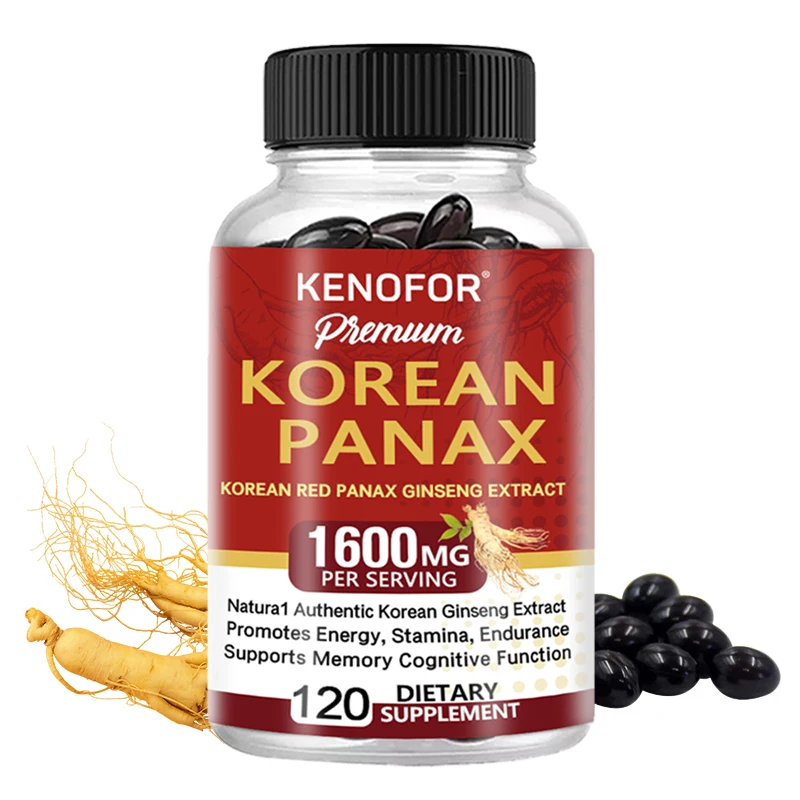
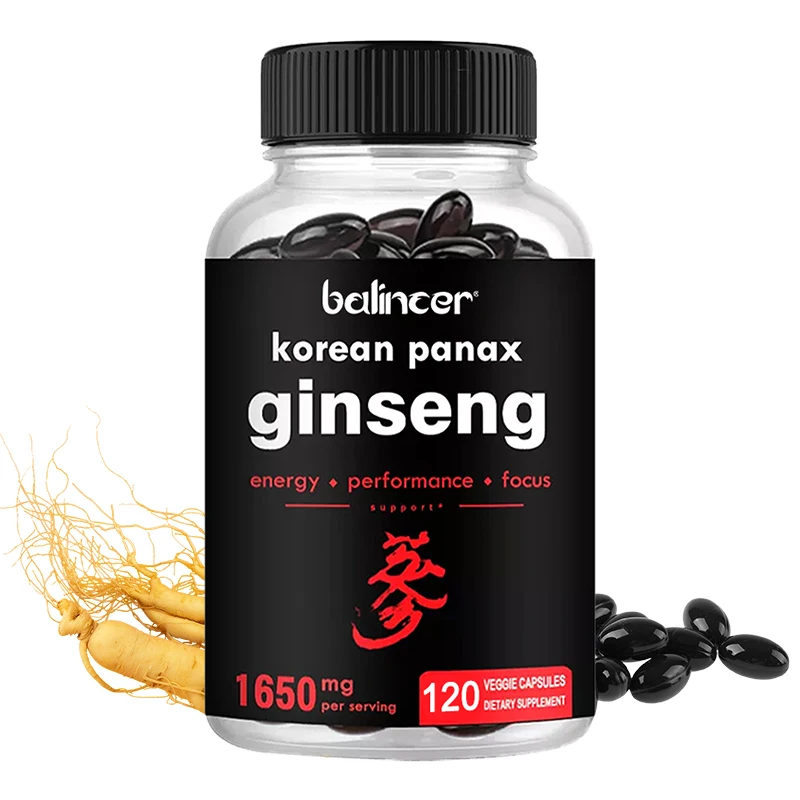
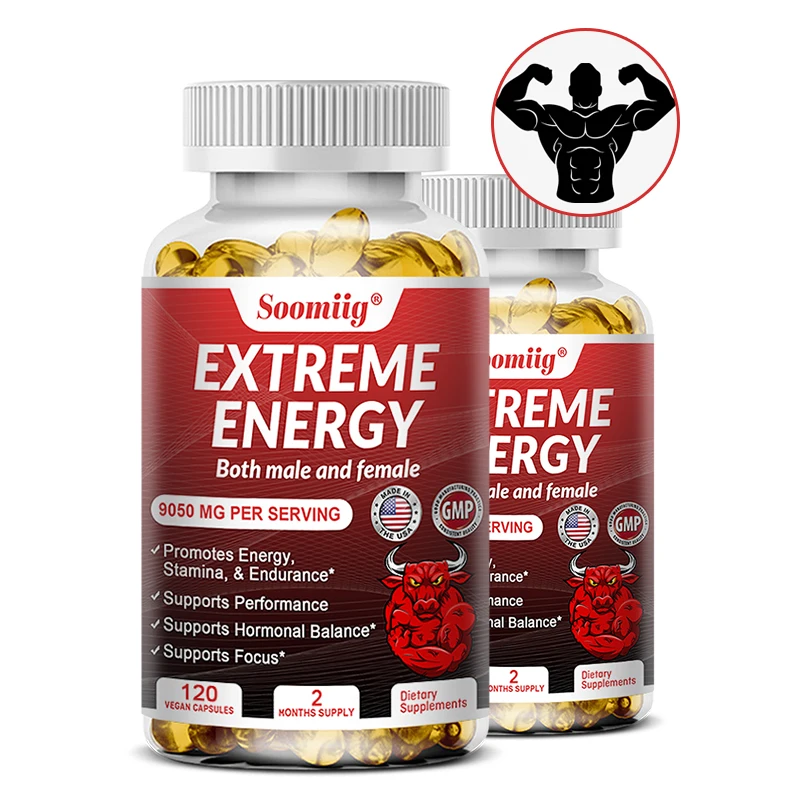




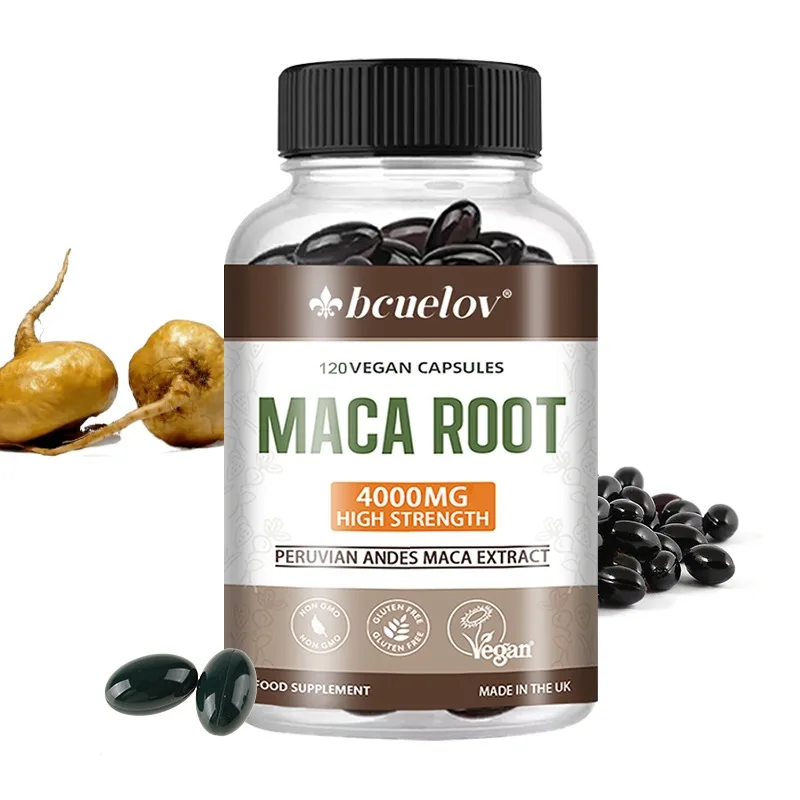
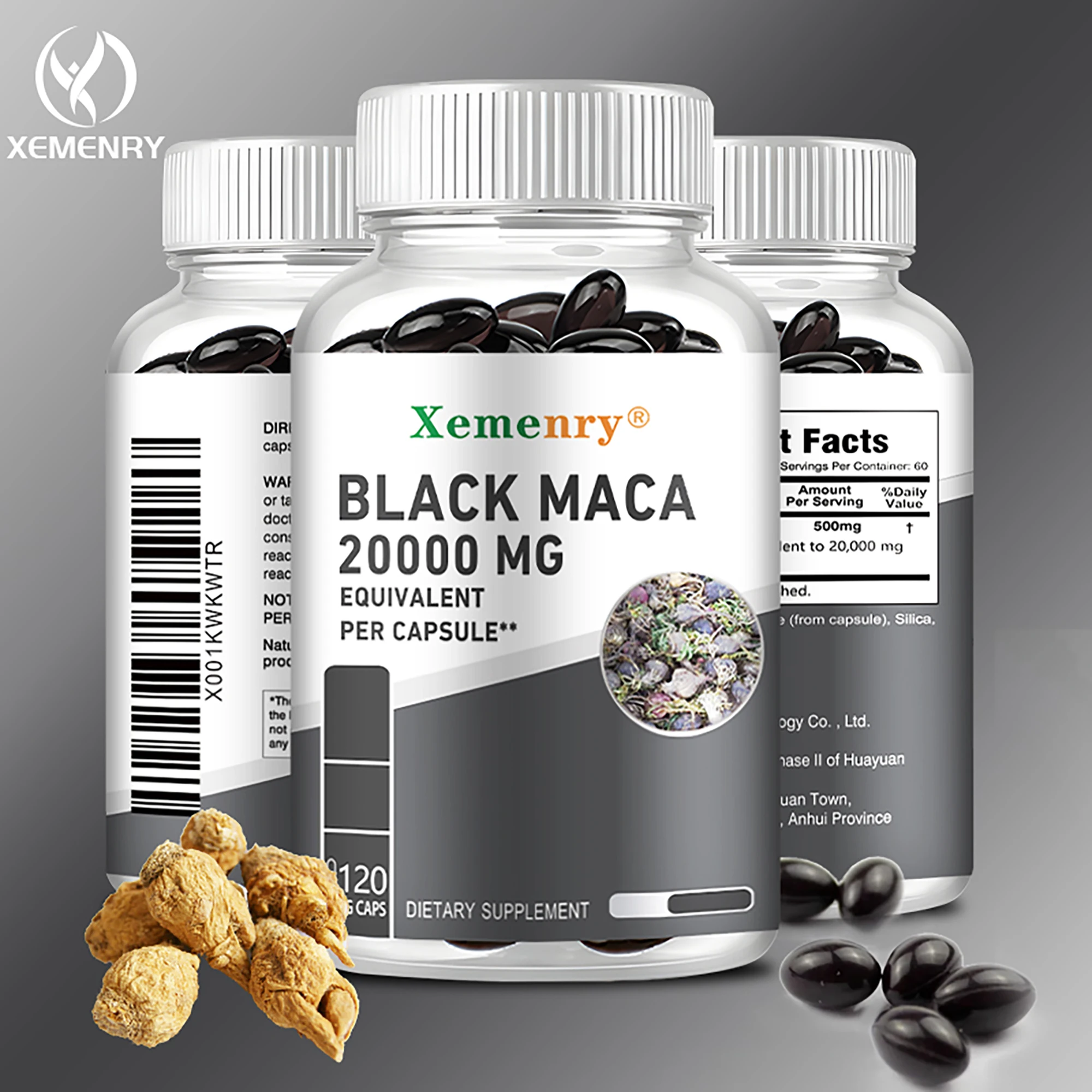
![Cosmetics Rhodiola Rosea 20:1,Hong Jin Tian DIY Aromatherapy Plaster Candle Soap Making[Latest Date Product]](https://ae-pic-a1.aliexpress-media.com/kf/Sd4086c0e412f4a8dacbd43b1836f8b07S.jpg)
